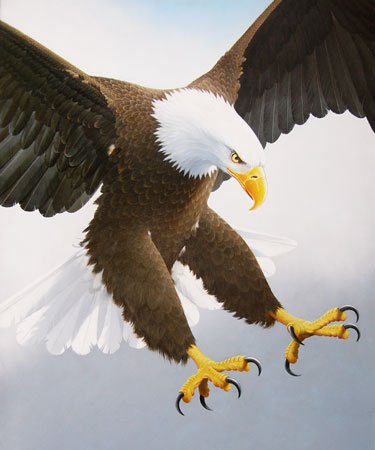SHOCK AND OAR : PART I
The bronze fitting which was mounted at the bow of a trieres was
there to damage an enemy ship and to guard the ship it was mounted
on. |
| Digital model of Egadi 1 : Roman ram |
In English this is called a 'ram'.
This English term has a pro-active meaning as it does in the other
Teutonic-influenced languages. The ram is an object which is meant
to be propelled or driven forward and to impact on something. We have
the battering ram used to open gates or to smash walls of a defended
place.
We have the hydraulic ram used in many pieces of machinery
which is a tough head or bit which is pushed into a mould or target
with tremendous force in order to cut or form it.
In
ancient Greek the word used is ἐμβόλου-embolon.
From the verb emballein
which is to insert. This word is related to our modern 'embolism'.
An embolism is an obstruction caused by an embolus which is, in turn
something which blocks, intervenes or is inserted into something. It is also a wedge used to pry timber apart into planks. Very appropriate for something which shivers ship's timbers.
 |
| From BUZZLE.com |
The Latin word used for the metal fitting at the bow of a warship is
'rostrum'. The word rostrum is still used today as it was by the
Romans. It is the beak of a squid or the modified projecting mouthparts of the hemiptera. etc.
The 'rostrum' that modern speakers stand on is a descendant
of the 'Rostra' which was a place in the Roman forum for public
speaking decorated with the bow fittings of vanquished foes'
ships.
 |
| Eagle, Assassin Bug,Dolphin,Squid : all rostracising |
 |
| Rostra in the forum at Rome |
This Latin word implies that the bow-fitting is a characteristic
feature of the warship. Part of its visual identity is the posession
of the projecting 'beak'. Just as we may also think of a bird of prey
as being characterised by its projecting, obvious, hooked beak.
 |
| OK. Talons too... |
It is interesting that in the age when the Latins went to sea in a
big way – the Punic Wars of the third and second centuries BC –
they saw to it that ramming had declined as the main naval tactic. The Romans were
learning to fight at sea after the great age of the trieres and
against opponents who were proficient but not exactly 'rulers of the
seas'. Also, the Roman experience of warfare at sea did not place the
emphasis on ramming but on close combat using the ship as a platform
for deck fighters.
 |
| Battle on land at sea |
There existed a fundamental difference in the mental concept of the
ship's bow as a military weapon. The Greek mentality saw the embolon
as something to be driven into the enemy. It was the weapon on the
ship.
The Romans saw the rostrum as
the finishing touch to the ship-of-war. The terrible beak on the
Imperial Eagle which gave it its martial and scary character. Whereas
the Greeks epitomised the warship as the delivery system for a weapon
of impact, the Romans saw it as a vessel for carrying fighters which
in its military incarnation had to have a beak to fit the part.
 |
| Wall painting from Pompeii |
A
Roman ship did not have to ram to be effective whereas a Greek
trieres was nothing if it was not a ramming machine.
 |
| One can not have too many pictures of Olympias! |
(* It's all beak to me. approx.)




No comments:
Post a Comment